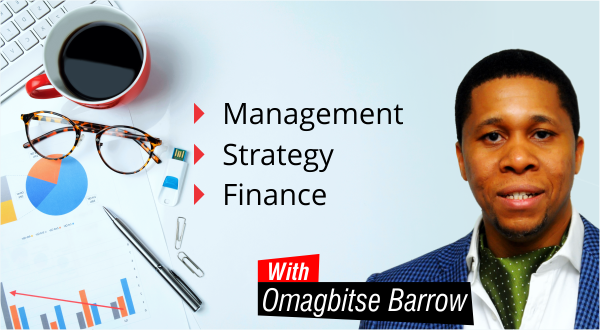As a sales professional or business leader/owner responsible for prospecting in large corporate organizations, you should be aware that there are different layers of decision makers who will play different roles in ensuring that the organization purchases your products and services.
The buying decision is one that is often shared amongst these decision makers and it is your responsibility to identify them and manage them in the following manner:
#1: Gain Access To The ACCESS OWNER:
The access owner is not usually the person responsible for taking any of the ultimate decisions but could prove very useful in getting your foot through the door. Be careful with access owners who start to create toll-gates and pretend that they are much more than just access owners. They may take you on a long winding journey in order to justify a “piece of the cake”, so it’s important that you are very savvy when identifying and dealing with access owners.
#2: Convert Access Owner To A SPONSOR:
Your goal once you have the Access owner, is to convert him to a SPONSOR – someone who is willing to help you open doors within the organization and facilitate meetings and access to the other key decision makers in the organization.
#3: Sell Solutions To The PROBLEM OWNER:
One of the first and very important decision makers you need access to is the PROBLEM OWNER. This is the person whose job and performance is directly impacted by your solution. The person may not be able to take a decision, but their technical experience with the problem and the technical details of your solution may convince them to make a strong recommendation.
#4: Sell ROI To The BUDGET OWNER:
The BUDGET OWNER is the official who is responsible for managing the budget in that organization or department. It’s not always the Finance Director, it could be the Head of Department who has P&L Responsibility. Ensure that when you meet that the person you focus on the Return on Investment.
#5: Close The SALE:
Having made the investment in the various decision makers in the organization, you will be ready to close the sale at a group presentation by speaking to the needs of the various interest groups in the organization and counting on the support of those you had engaged prior to the final sales presentation. Sometimes you may be able to close the sale a lot earlier even without the formal pitch to a Board or Committee – especially when you have followed the steps above.














